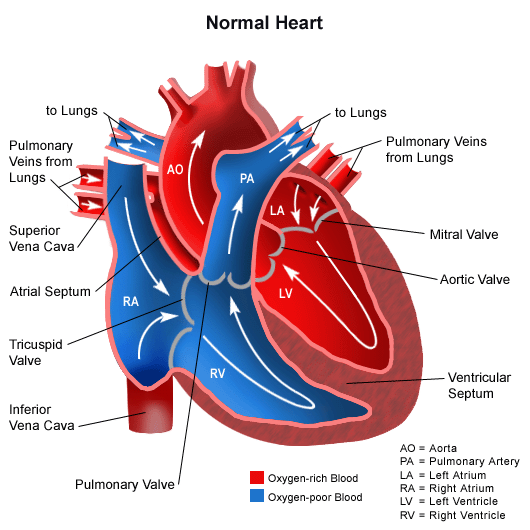Lily was diagnosed with Pulmonary Vein Stenosis (PVS) during an open-heart surgery to correct an AVSD (a heart defect that is common in children with Down Syndrome) in June 2011. PVS is a rare condition (less than 1.7 out of 100,000 children under the age of 2), so it’s often hard to find information about what the condition is and how it will effect Lily’s life.
Pulmonary veins are 4 large blood vessels (two connected to each lung) that carry oxygen-rich blood from the lungs into the left side of the heart. The heart then takes this oxygen-rich blood and pumps it out the rest of the body and that’s how oxygen travels through the body. In PVS, one or more of these pulmonary veins become narrowed, depriving the heart of essential oxygen. It can cause dangerously low oxygen levels in the body and can also increase the blood pressure between the heart and the lungs (a condition called Pulmonary Hypertension).
PVS is usually a progressive condition, meaning that the narrowing of these veins will continue to increase over time. Children with PVS may need multiple catherizations or surgeries, since the narrowing tends to recur within a short time period (as often as every 3 – 4 weeks). For some children, the extent of the damage caused by the PVS is so great that a heart/lung transplant is the only treatment option.
Lily’s PVS is occuring in her 2 left side pulmonary veins. She had a Cole’s Procedure (or Suture less repair) done during her AVSD repair. Unfortunately, while this restored some blood flow, the disease progressed and the upper left pulmonary vein had closed completely. After a cardiac arrest, she had a catheterization (heart cath) done, where they attempted to dialate her lower left pulmonary vein using a balloon. This was able to restore the blood flow in that vein to about 2%, but subsequent ECHO’s have shown that this vein is now closed as well. The plan, is to monitor Lily’s symptoms and hope that she gets older before she starts to show signs of Pulmonary Hypertension. Once these symptoms appear she will be considered a candidate for a heart-lung transplant.
